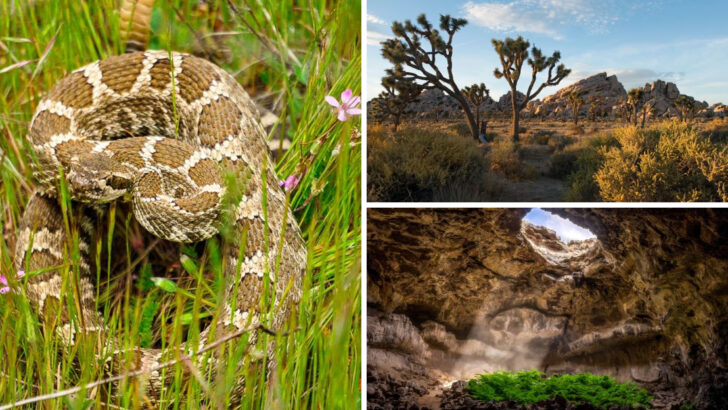It’s easy to think of rattlesnakes as warm-weather creatures, coiled up under desert sun or slithering through scrub on a hot afternoon. But they don’t just vanish when the temperature drops—they’re still out there, just tucked away in places you might not expect. Winter brings out a different side of these reptiles, one that’s quieter, more hidden, and surprisingly strategic.
Across the U.S., certain spots have become reliable winter hideouts for rattlesnakes, thanks to just the right combination of shelter, temperature, and terrain. Some are deep rocky crevices, others are tucked beneath layers of earth, but all offer a glimpse into how these animals manage to survive the cold months. It’s a side of their world most people don’t get to see—and it adds a new layer of respect for how they live.
Arizona’s Sonoran Desert
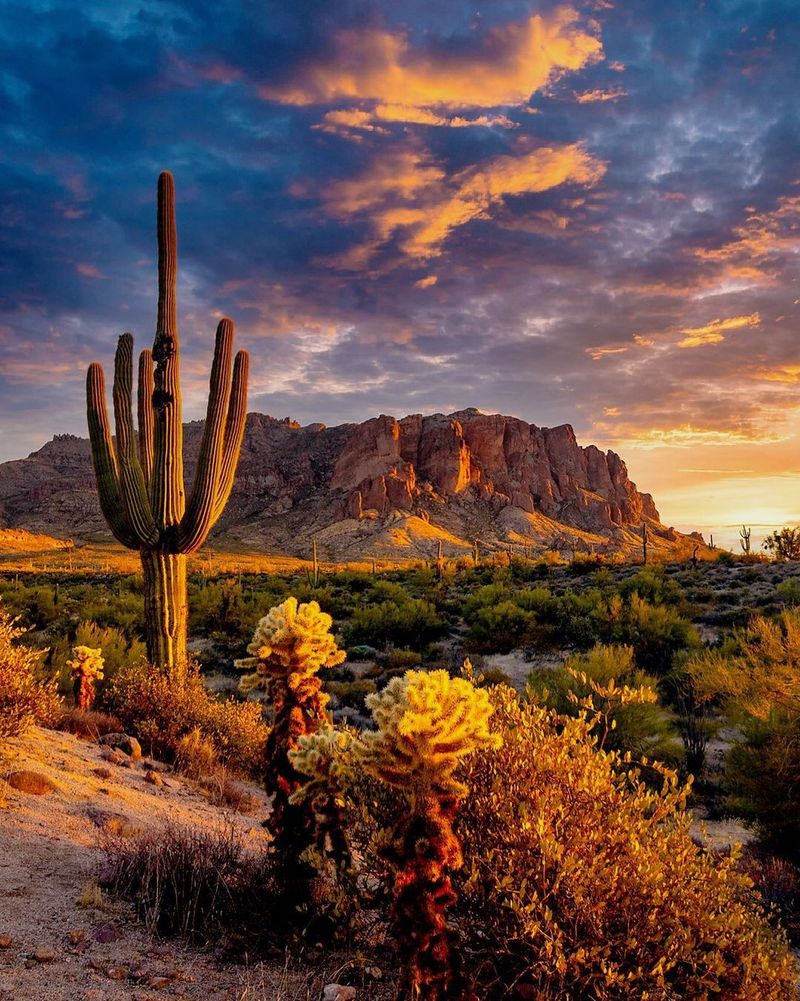
The Sonoran Desert in Arizona is a prime winter hideout for rattlesnakes. With its rocky crevices and warm microclimates, it offers the perfect refuge. Rattlesnakes seek out these areas to escape the cold while enjoying the sparse desert vegetation. They can hibernate for months, conserving energy while staying hidden from predators. Visitors to the Sonoran Desert may never see these elusive creatures, but they are always nearby, tucked away in their winter dens. The desert’s natural beauty combined with its role as a wildlife sanctuary makes it a fascinating place for nature enthusiasts.
Oregon’s Cascade Range
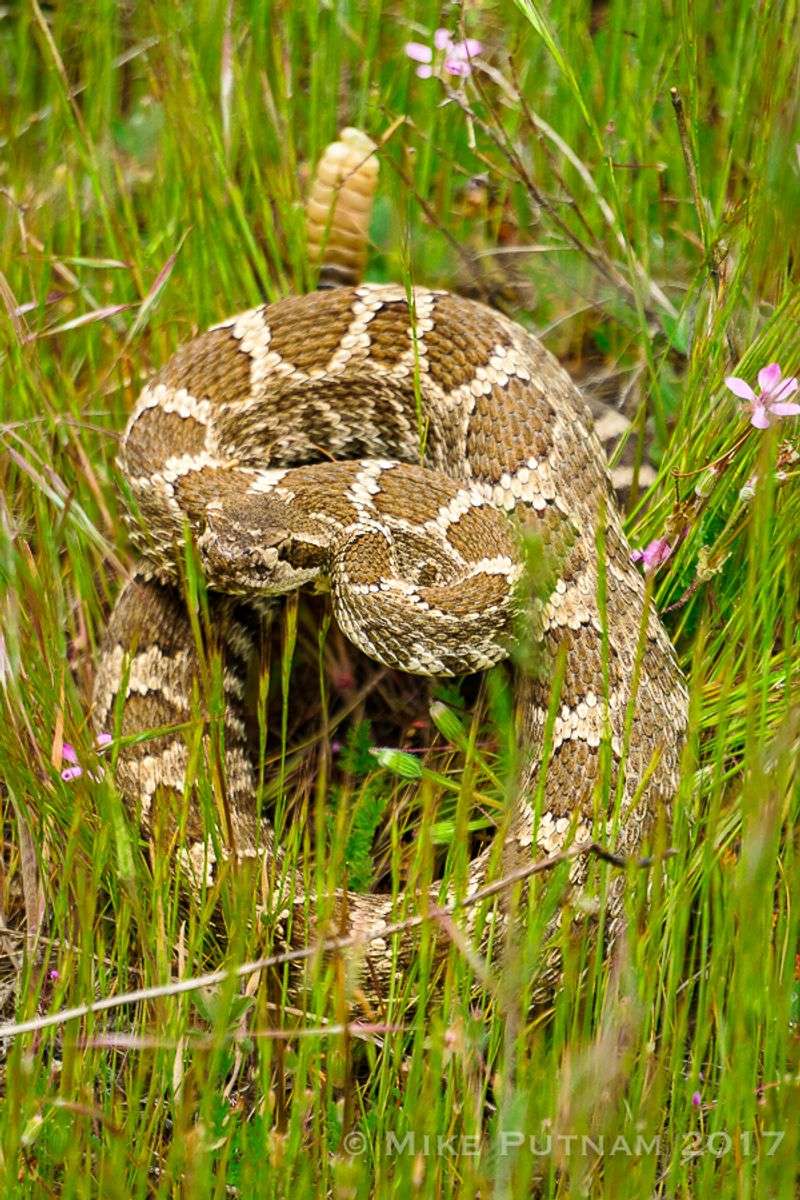
In the heart of the Pacific Northwest lies the Cascade Range, a sanctuary for rattlesnakes during the chilly months. With its dense forests and diverse microhabitats, this mountain range provides ample opportunities for snakes to find shelter.
The variation in elevation offers different thermal environments, ensuring these cold-blooded creatures can maintain their body temperature. The secluded nature of the Cascades makes it a prime location for rattlesnakes to hibernate undisturbed.
Did you know? This range is home to an active volcanic arc, adding an element of intrigue to its natural beauty.
California’s Joshua Tree National Park
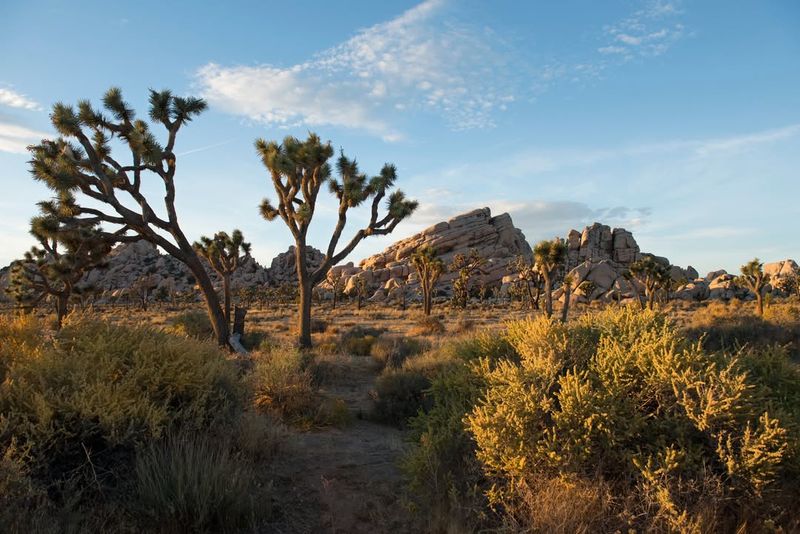
Joshua Tree National Park in California is a haven for rattlesnakes during winter. Known for its unique rock formations, this park provides numerous hiding spots for these reptiles. Rattlesnakes use the park’s crevices and caverns to avoid the chill. The park’s diverse ecosystem supports a variety of wildlife, creating a balanced habitat where snakes can thrive. Winter visitors to the park are unlikely to encounter rattlesnakes, as they remain hidden from the frosty air. The park’s stunning sunsets and surreal landscapes add to the allure of this natural wonder, attracting adventurers and nature lovers alike.
Kentucky’s Mammoth Cave
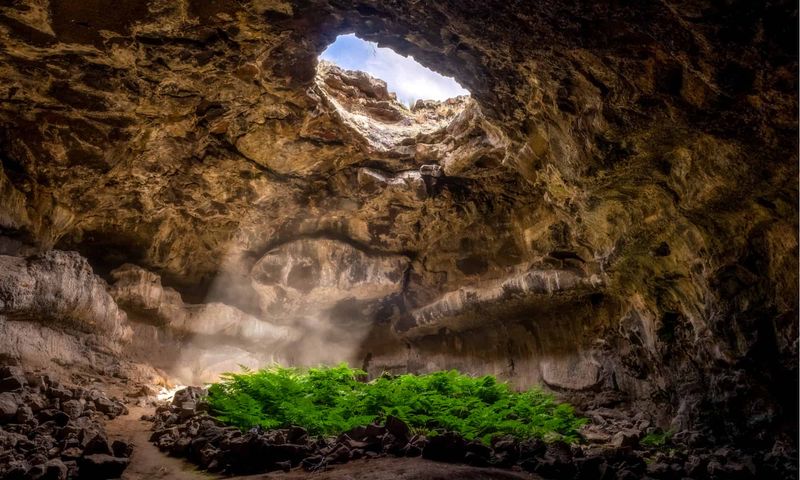
Delving beneath the surface, Kentucky’s Mammoth Cave offers a unique refuge for rattlesnakes seeking warmth in winter. Known as the world’s longest cave system, it provides a vast network of crevices and chambers perfect for hibernation.
The constant temperature inside the cave creates a stable environment where rattlesnakes can thrive during the cold season. These winding paths not only offer protection but also intrigue visitors from around the globe.
Mammoth Cave is a natural wonder, inviting exploration and preserving the delicate balance of its resident wildlife.
North Carolina’s Blue Ridge Mountains
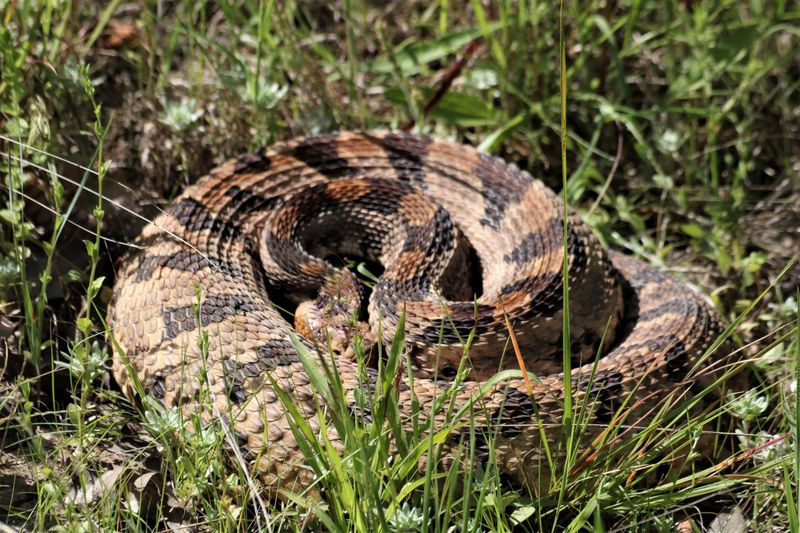
The Blue Ridge Mountains are a picturesque escape for rattlesnakes each winter. This area is teeming with biodiversity, providing abundant food sources and shelter.
The rolling hills and diverse habitats allow rattlesnakes to find the perfect niche for hibernation. The mountains’ natural beauty, combined with their ecological richness, make it a hidden gem for wildlife enthusiasts.
Fun fact: The Blue Ridge Mountains are part of the larger Appalachian Mountain range, known for its stunning blue hue when viewed from a distance.
Texas Hill Country
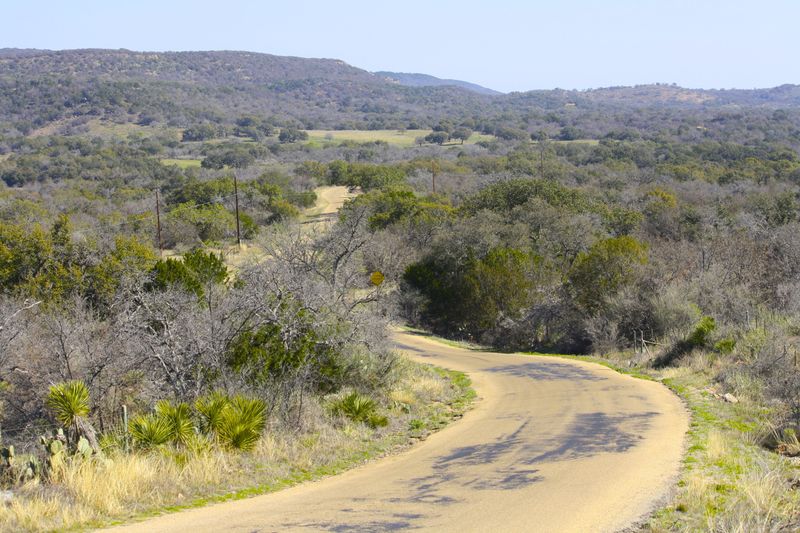
In Texas Hill Country, rattlesnakes find perfect winter refuge among the rolling hills and dense oak forests. The area’s mild winters and abundant cover make it ideal for hibernation. Rattlesnakes retreat into burrows, where they can safely conserve energy until spring. The region’s picturesque landscapes and diverse ecosystems support a wide range of wildlife, making it a hotspot for nature observation. While rattlesnakes are well-hidden during the colder months, their presence is a testament to the area’s rich biodiversity. Visitors can enjoy scenic hikes and the tranquility of nature, knowing these fascinating creatures are nearby.
Louisiana’s Atchafalaya Basin
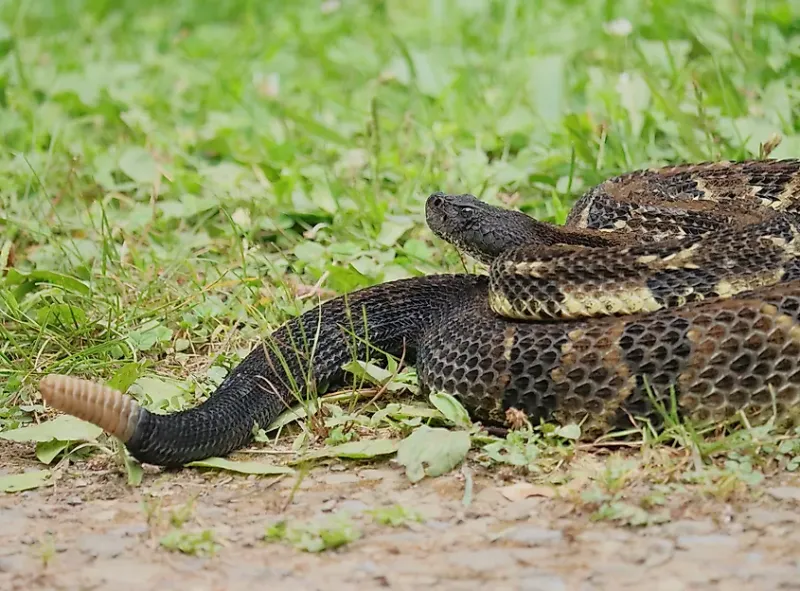
Louisiana’s Atchafalaya Basin, a sprawling wetland, serves as a refuge for rattlesnakes during the winter months. The Basin’s rich ecosystem offers both protection and sustenance.
The intricate waterways and dense vegetation create a maze where snakes can easily find hiding spots. It’s a vibrant environment supporting diverse wildlife, even in cooler temperatures.
The Atchafalaya’s dynamic landscape is a testament to nature’s resilience, offering shelter while maintaining its lush beauty.
New Mexico’s Chihuahuan Desert
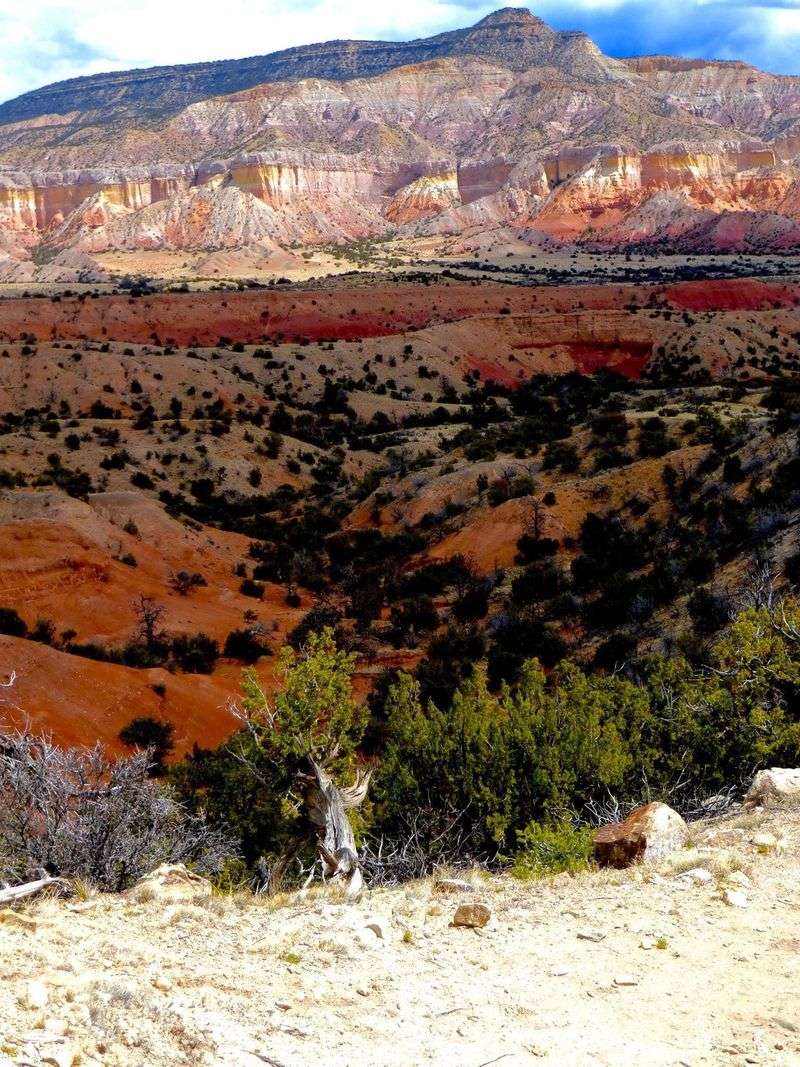
The Chihuahuan Desert in New Mexico is another top spot for rattlesnakes to hide during winter. With its sandy dunes and sparse vegetation, it offers excellent cover for these reptiles. Rattlesnakes utilize underground burrows to escape the cold, emerging only when temperatures rise. This desert’s vast expanse and unique landscapes provide a haven for a variety of wildlife, including these snakes. While visitors may not see rattlesnakes, their hidden presence adds to the desert’s mystery. Exploring the Chihuahuan Desert offers a glimpse into the resilience of nature and the delicate balance of desert ecosystems.
Michigan’s Sleeping Bear Dunes
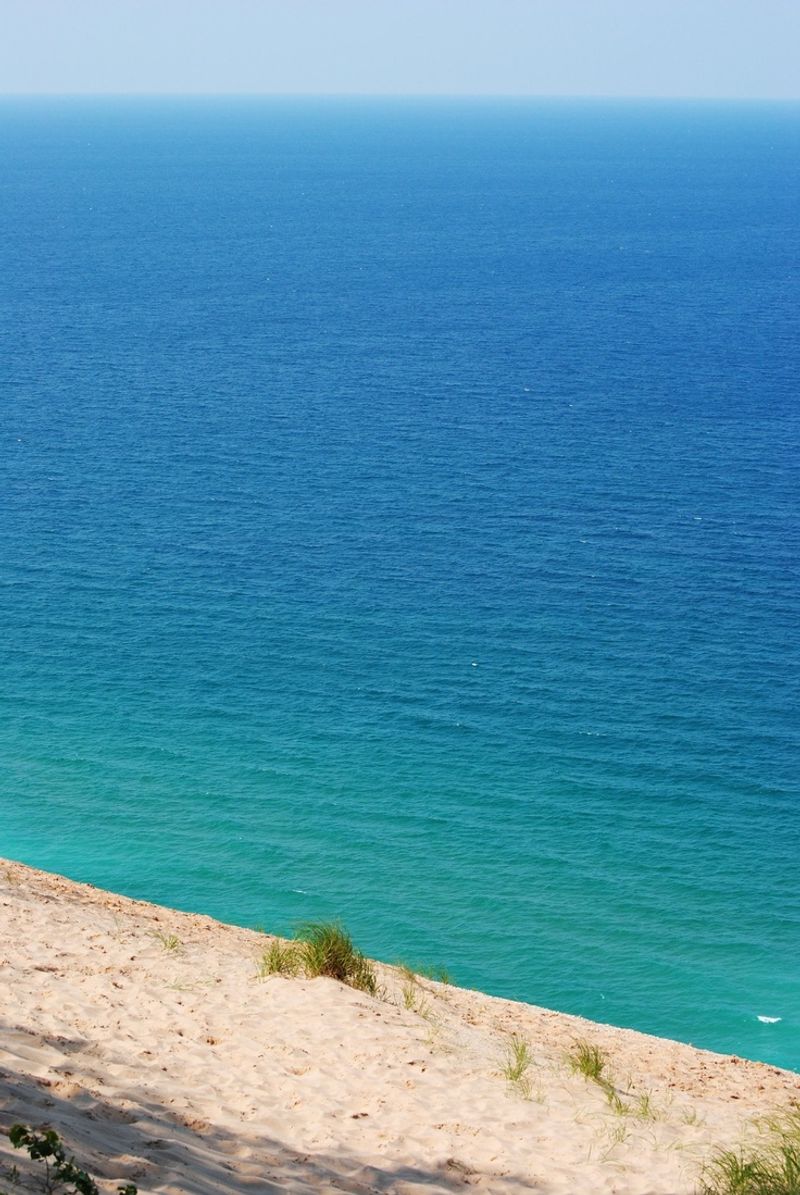
The serene beauty of Michigan’s Sleeping Bear Dunes transforms into a winter retreat for rattlesnakes. The dunes themselves, along with the surrounding forests, provide a unique backdrop for these creatures seeking seasonal refuge.
The varying topography offers numerous burrows and crevices ideal for hibernation. Snow adds a blanket of quietude, ensuring rattlesnakes can rest undisturbed.
Sleeping Bear Dunes is not only a sanctuary for wildlife but also a beloved destination for those seeking tranquility and natural beauty, even in the depths of winter.
Florida’s Everglades National Park
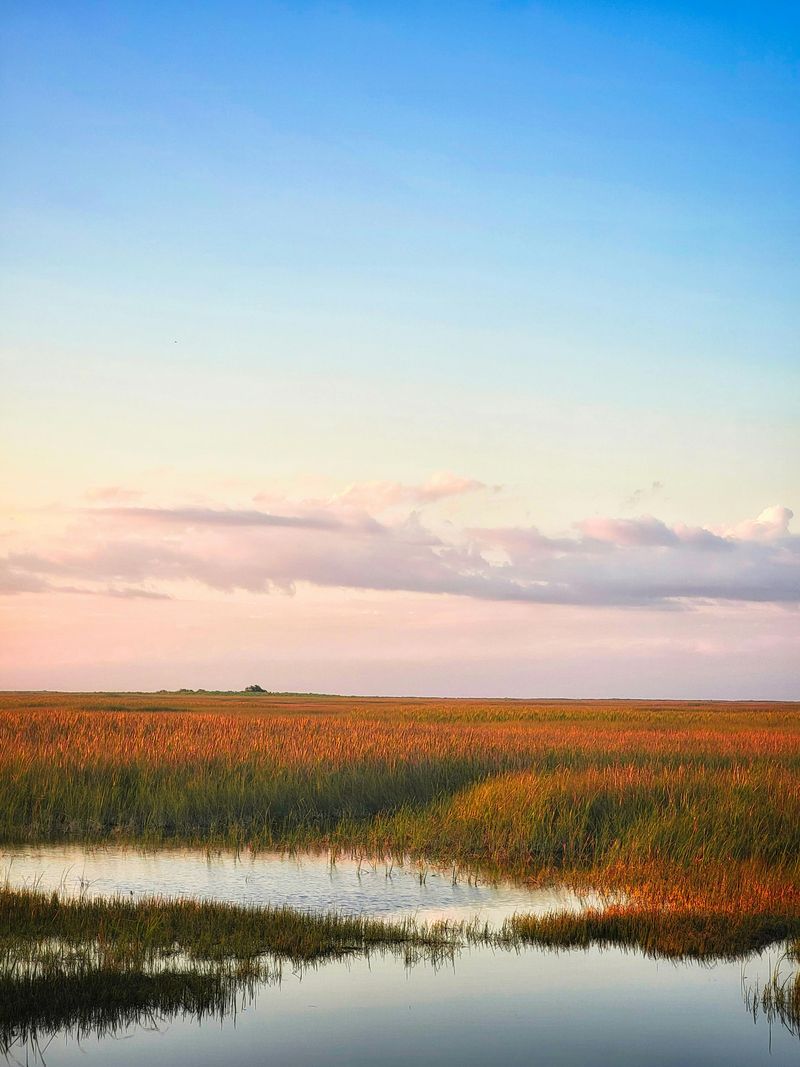
Everglades National Park in Florida is an unexpected winter retreat for rattlesnakes. The swampy waters and lush greenery offer ample hiding places. Rattlesnakes find refuge in the park’s dense undergrowth, where they stay warm and secure. This unique ecosystem supports a wide array of plant and animal species, creating a thriving habitat for these reptiles. During winter, rattlesnakes are seldom seen by park visitors, as they remain concealed in their natural hideouts. The Everglades’ rich biodiversity and serene landscapes make it a captivating destination for those interested in wildlife and natural beauty.
Colorado’s Rocky Mountains
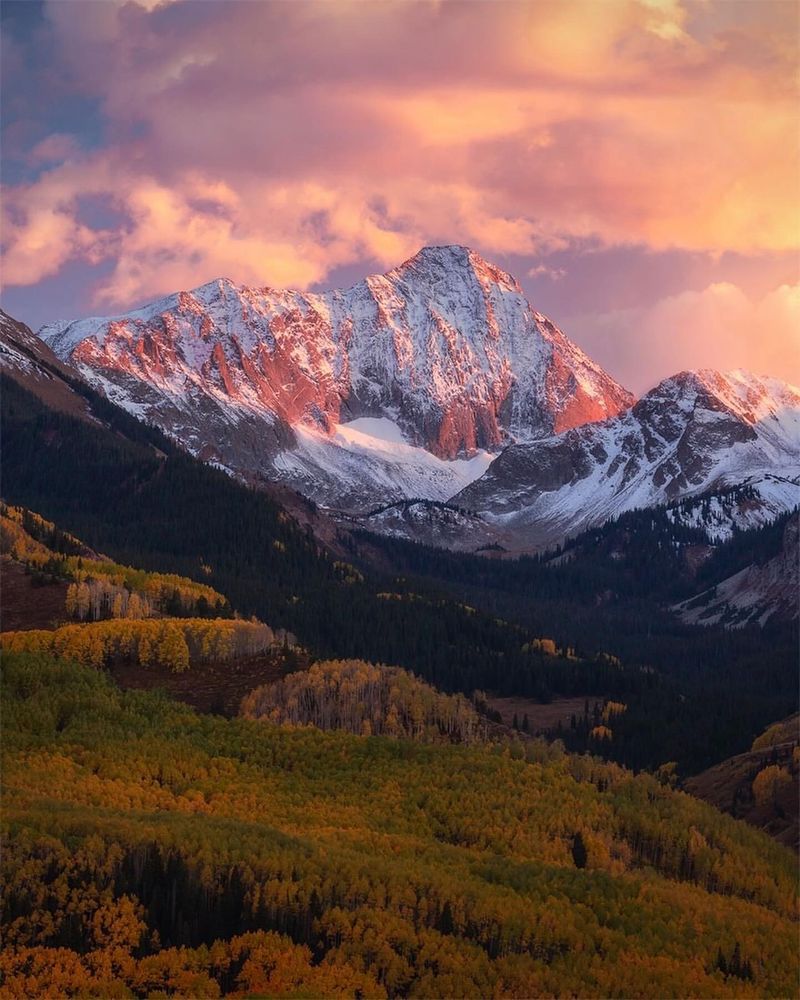
The Rocky Mountains in Colorado provide a rugged winter sanctuary for rattlesnakes. Amidst snow-capped peaks and evergreen forests, these snakes find secluded spots to hibernate. The cold and challenging environment offers unique hideaways in rock crevices and forested areas. Rattlesnakes benefit from the mountain’s natural insulation, which helps maintain a stable temperature in their dens. While winter visitors to the Rockies may ski or snowshoe, they are unlikely to encounter these hidden reptiles. The majestic beauty and diverse wildlife of the Rockies create an awe-inspiring backdrop for outdoor enthusiasts exploring this natural wonder.
Nevada’s Great Basin
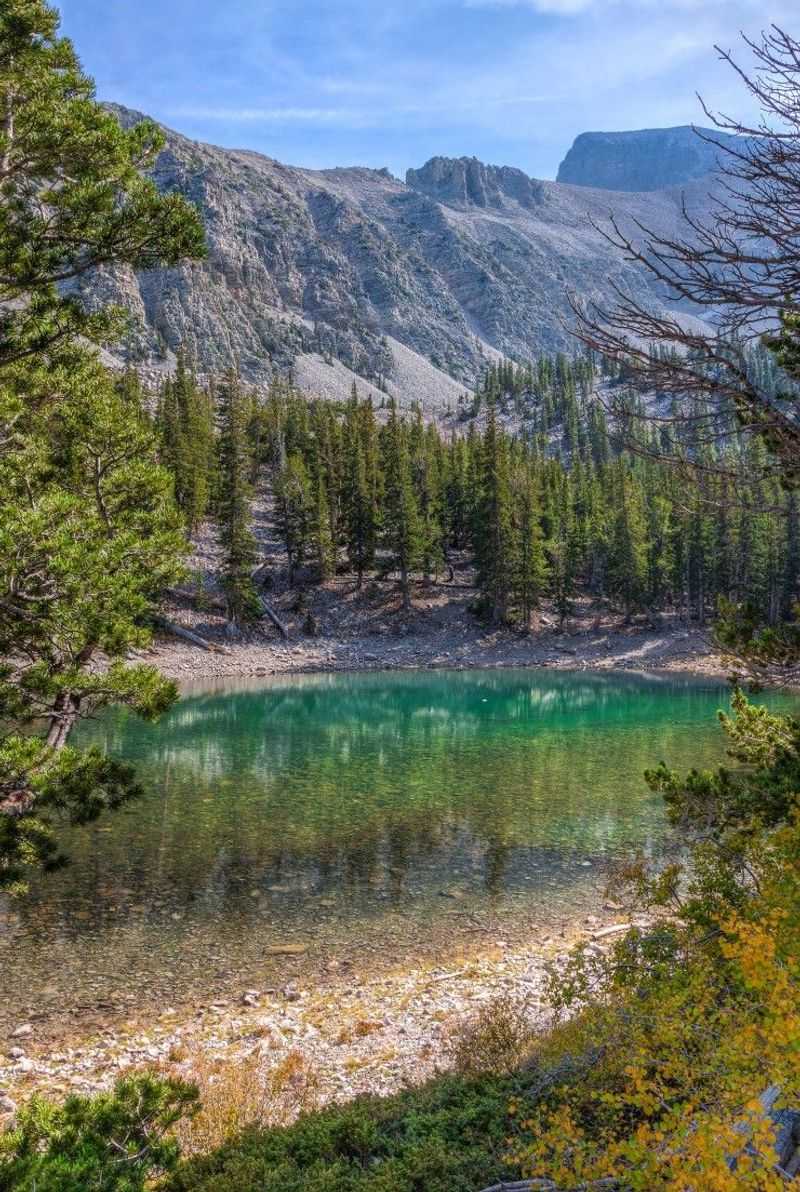
Nevada’s Great Basin is a favored winter hideout for rattlesnakes. With its vast open plains and distant mountain ranges, it offers excellent cover. Rattlesnakes use the region’s rock outcrops and underground dens to shield themselves from harsh weather. The Great Basin’s diverse habitats support a variety of wildlife, providing a rich environment for these snakes. During winter, rattlesnakes stay out of sight, benefiting from the natural protection the landscape offers. The Great Basin’s expansive views and unique geology make it a fascinating destination for explorers and those interested in the natural world.
Oklahoma’s Wichita Mountains

The Wichita Mountains in Oklahoma serve as a winter refuge for rattlesnakes, thanks to their rugged terrain and mixed-grass prairies. Snakes find shelter in rock formations and crevices, where they can hibernate undisturbed. The area’s moderate winters and varied landscapes create an ideal habitat for these reptiles. While exploring the Wichita Mountains, visitors are unlikely to see rattlesnakes, as they remain hidden from the elements. The region’s natural beauty and abundance of wildlife make it a compelling spot for nature enthusiasts. Its unique geological features offer insight into the dynamic processes shaping our planet.
Utah’s Arches National Park
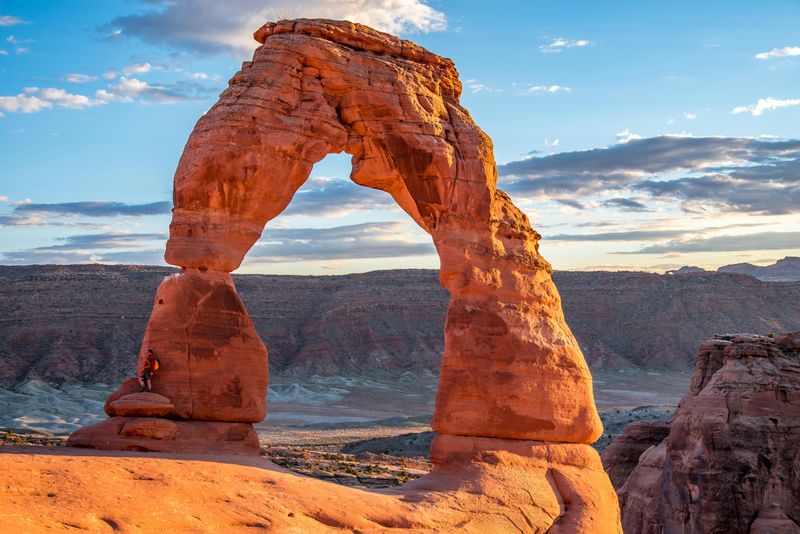
Arches National Park in Utah is a picturesque winter hideout for rattlesnakes. Known for its natural stone arches and red rock formations, the park provides excellent shelter. Rattlesnakes use the park’s crevices and rock faces to find refuge from the cold. The park’s dramatic landscapes and diverse ecosystems support a range of wildlife, offering a balanced environment where snakes can thrive. Winter tourists to Arches may admire the stunning rock formations without encountering these well-hidden reptiles. The park’s unique beauty and geological wonders continue to attract outdoor adventurers seeking inspiration from nature’s artistry.
Georgia’s Okefenokee Swamp
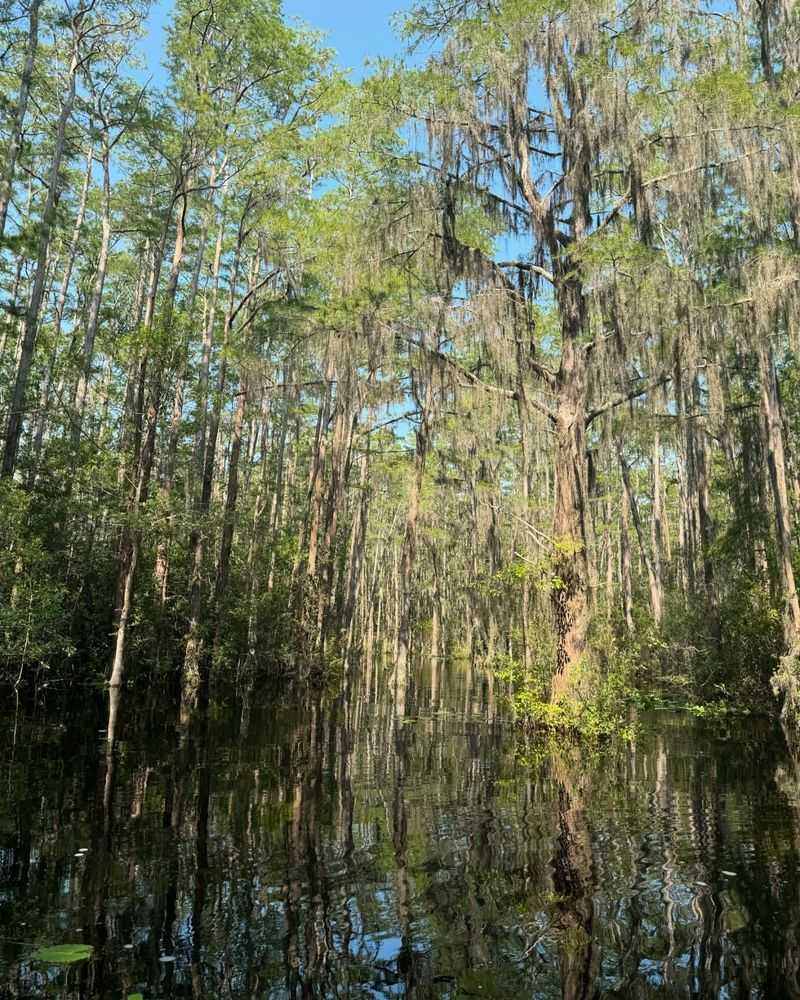
The Okefenokee Swamp in Georgia offers a unique winter hideout for rattlesnakes. The swamp’s cypress trees and still waters create a mysterious and sheltered environment. Rattlesnakes find refuge in the swamp’s dense vegetation, where they remain hidden and warm. This rich and diverse ecosystem supports a variety of wildlife, making it an ideal habitat for these reptiles. While visitors may paddle through the swamp, they are unlikely to spot rattlesnakes, as they blend seamlessly into their surroundings. The Okefenokee Swamp’s enchanting landscapes and abundant wildlife make it a captivating destination for nature lovers.
South Dakota’s Badlands National Park
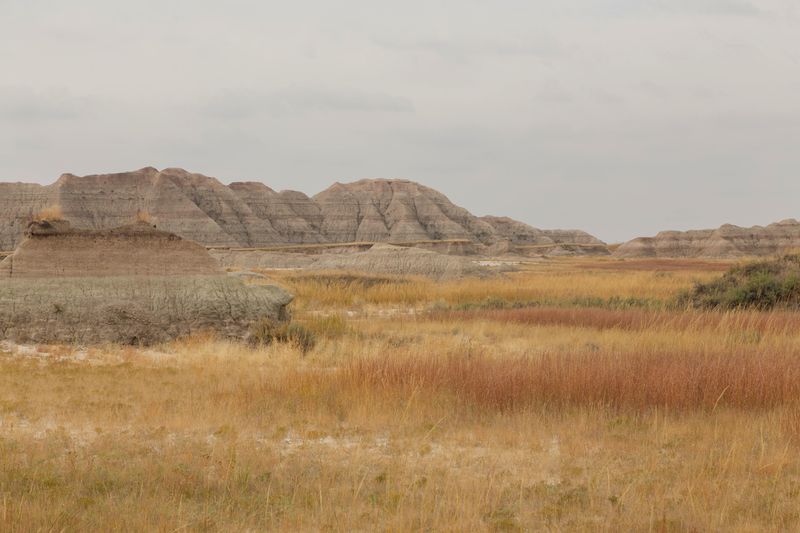
Badlands National Park in South Dakota is an unexpected winter haven for rattlesnakes. The park’s eroded buttes and sharp spires offer unique hiding places for these reptiles. Rattlesnakes take advantage of the park’s natural formations to escape the winter chill. The Badlands’ rugged terrain and diverse ecosystems provide a rich environment for wildlife, making it an ideal spot for hibernation. Winter visitors to the park are unlikely to see these elusive snakes, as they remain tucked away in their dens. The park’s striking landscapes and geological formations continue to draw adventurers and photographers alike.

